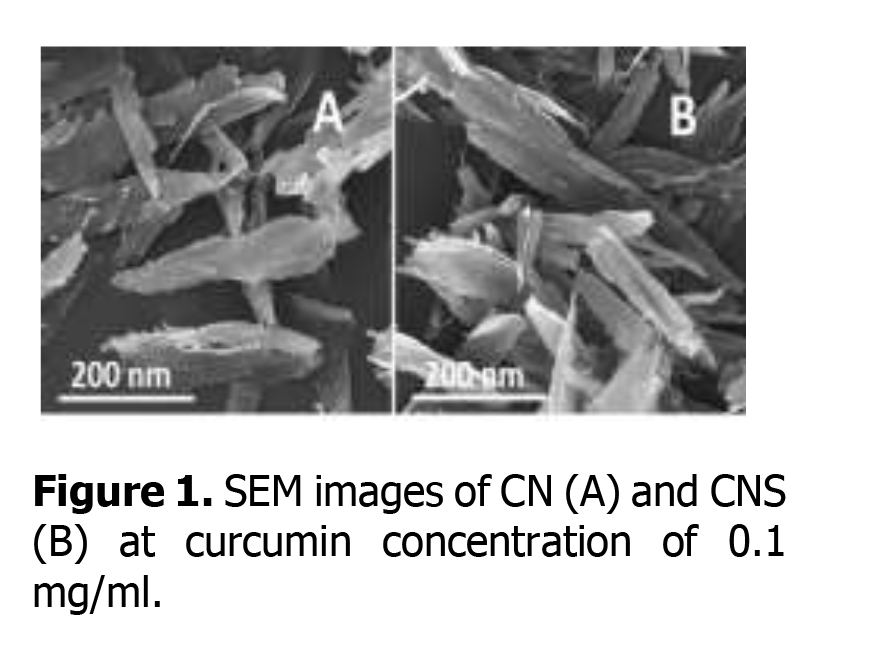Curcumin nanosuspension: Screening for antioxidant and antibacterial activities and study of protein adsorption
Keywords:
curcumin nanosuspension, antioxidant activity, antimicrobial activity, protein adsorptionAbstract
Curcumin is considered to be a powerful bioactive agent, which is extensively known for its medicinal use. Despite its being excellent therapeutic agent and natural antioxidant, curcumin shows poor solubility and bioavailability. Therefore, the development of formulation of curcumin nanoparticles to improve its aqueous-phase solubility and absorption is beneficial. In the present study, we investigated the formulation of a curcumin nanosuspension (CN) at curcumin concentration of 0.025-0.100 mg/mL with/without surfactant by sonication method and examined its antioxidant activity. Surface modification of CN was carried out by coating with 1% sodium docecyl sulfate (SDS) as surfactant to obtain the modified CN with SDS (CNS). The particle size and morphology of CN and CNS were studied by scanning electron microscopy (SEM). An antioxidant activity was measured using a 2,2-Diphenyl-1-picrylhydrazyl (DPPH) assay. The CN without SDS at curcumin concentration of 0.025 mg/ml exhibited the highest antioxidant activity compared with other formulations. An antimicrobial effect of CN with/without SDS was tested by agar-well diffusion method. It was found that the highst antimicrobial activity against Bacillus Cereus was observed for the CNS at the curcumin concentration of 0.050 mg/mL with an inhibition zone of 15.7 ± 1.5 mm. Protein adsorption was investigated using model protein bovine serum albumin (BSA). At curcumin concentration of 0.100 mg/mL, BSA adsorption of CNS was approximately 2 times greater than the unmodified at the same conditions after 24 h which suggests that this formulation of CN increases its bioavailability and may serve as potential bioactive agent for combination therapy.


